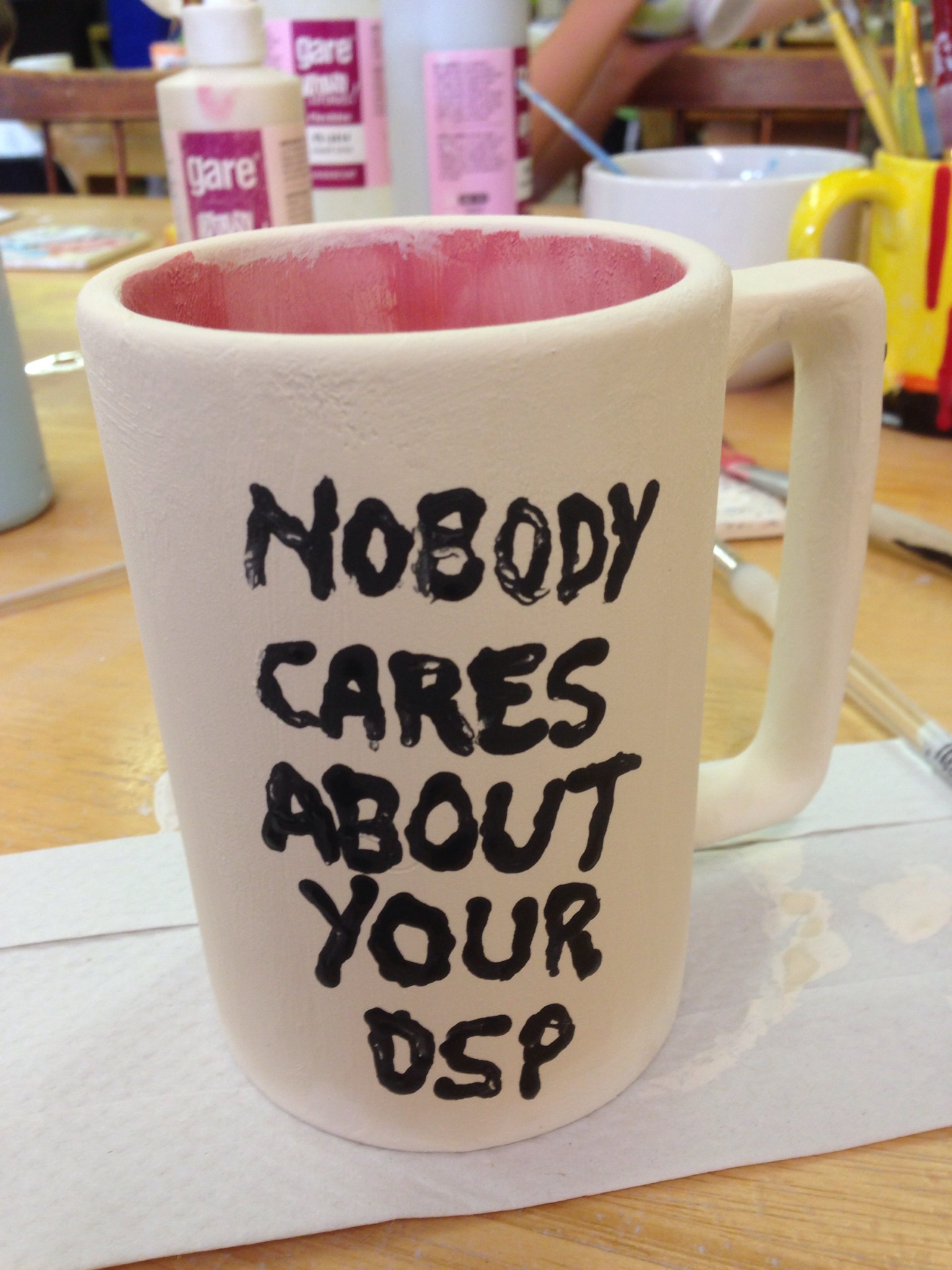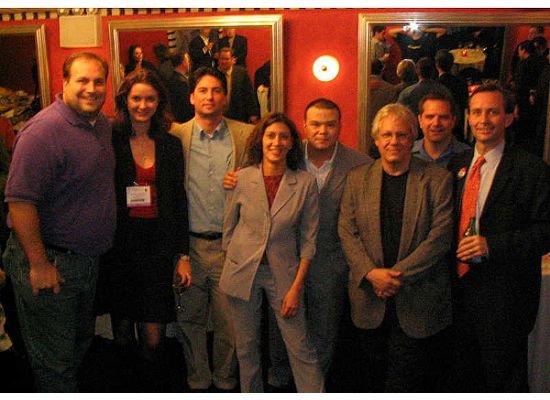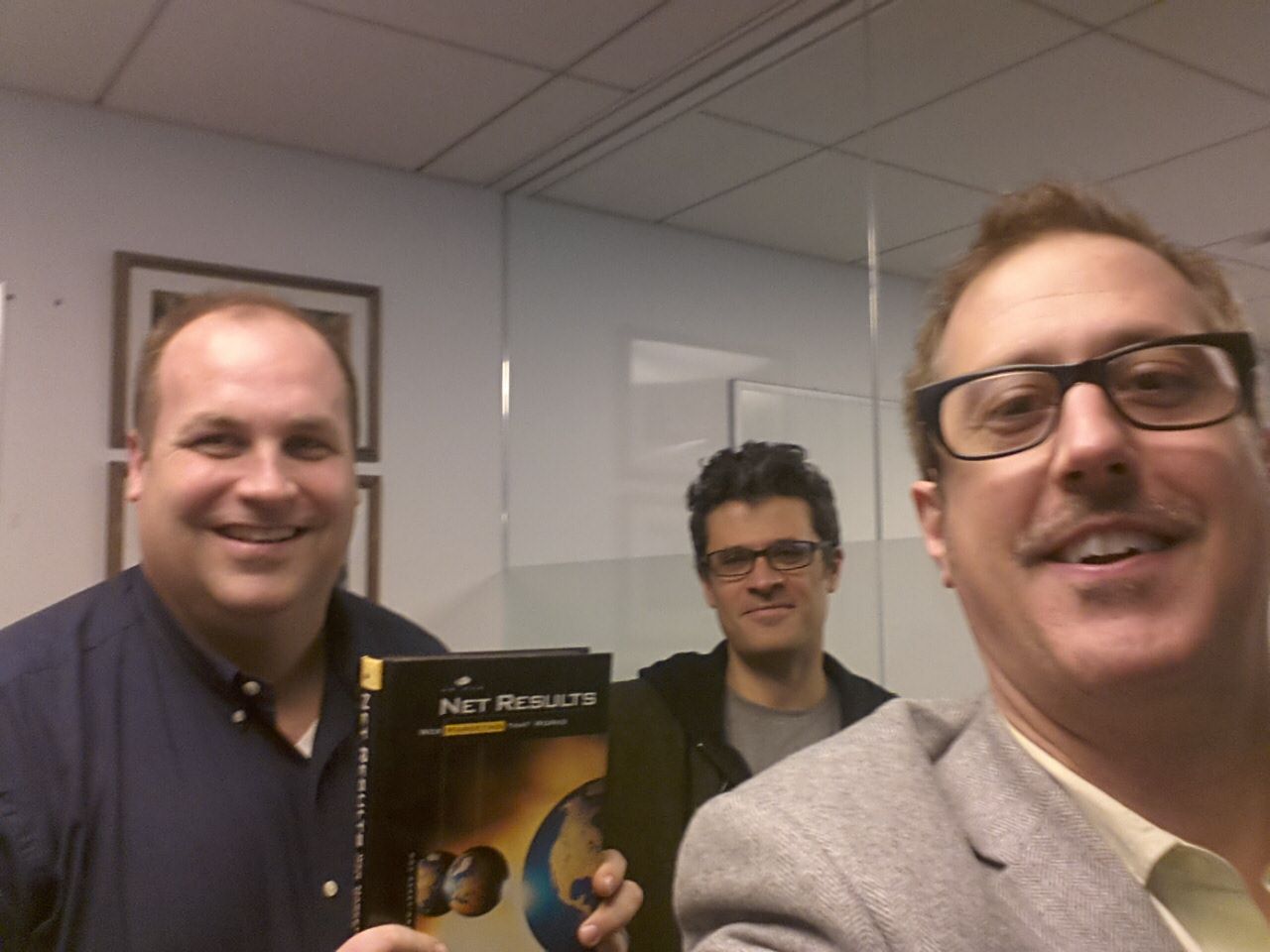A Hypothetical "Conversation Department" At A Corporation Might Look Like...
/A while back, I wrote a Spin column reacting to the first chapter of AdAge editor Scott Donaton’s book, Madison & Vine. It was called “Why Resist Consumer Dialogue?†and it morphed into this neat conversation that spanned across a few blogs, most notably Steve Hall’s AdRants. In the above-linked post on AdRants, Steve suggested the creation of something along the lines of a “Consumer Conversation Department.†I’ve been thinking about that quite a bit lately.
I’ve written a few Spin columns, as well as a few posts here about the old DigiTech GSP-2101 list. (See this post for background.) In my marketing experience, the GSP-2101 list was the only example I could point to of a company that mass-produces a product actually engaging in meaningful conversation with the folks who buy and use the product. The more I think about it, the more I’m coming to the realization that the only reason that DigiTech was able to do this was because they’re small and they gave their marketing director the freedom to do so. After all, we’re talking about a niche product here, not something that everyone and their grandmother buys. Had it been something like Coca-Cola or McDonald’s, a marketing director would be quickly overwhelmed by the sheer volume.
I’m a realist. And as much as The Cluetrain Manifesto is revolutionary, I don’t expect the move toward the principles outlined in it to be revolutionary in the sense of a violent, overnight shift. I think that it will happen gradually, just like getting brand marketers to not laugh when you suggest spending more than 5 percent of their marketing budget online has taken a dozen years or so.
But I think we can agree that comparatively few companies have made any sort of investment in opening and continuing meaningful dialogue with their customers online. We’ve got the broadcast model to thank for that. As you know, when you’re holding a hammer, every problem starts to look like a nail. When folks are out there praising or panning a product or brand, corporations tend to look at the problem as a mass marketing problem. In reality, most of the panning can be dealt with effectively by empowering somebody to join the conversation, actually listen, and take the feedback to the company for incorporation. Most of the praise can be greatly amplified in the same way. But how does a company, especially a large one, empower individuals to do this? I see the big barriers as:
- Effectiveness measurement - It’s easy to set up a call center, because a company can set sales goals for a call center and know exactly how many sales a call center is responsible for at any given time. Similarly, a company knows the value of a customer service department, mostly by watching customer retention rates and other metrics. But how does one prove the value of a Conversation Department? Why would management approve the investment?
- Cross-disciplinary expertise - Anyone serving as an outward-facing conversationalist on behalf of their company needs to know intimate details of product development, features, design, company history and about a million other things. (Or at least they need easy access to that information.) You typically find these types of people entrenched in management. It’s tough to find the people who are so intimately familiar with both brand and product that they can respond quickly and easily and contribute to a conversation. That person also needs to be plugged in to the proper corporate departments to be able to influence decision-making with feedback from customers. That’s a tough thing to do, mostly because it’s hard to find the people who are up to the task.
- Toolsets - This is probably the easiest of the barriers to overcome. Finding the conversations as they’re happening is tough, but it’s made a lot easier with search engines and RSS. Corporations could probably get by with a list of custom feeds and searches for right now. If there’s demand for it, I’m sure quite a few companies would get into the space and develop tools for tracking conversations. I’m not as worried about this one as I am with the others.
- Scalability - What I’ll call “The Thorderson Solution†(after Randy Thorderson, the marketing guy from DigiTech who represented the company on the GSP-Users List) simply isn’t scalable. If a product or brand is much bigger than the GSP-2101 was, one person can’t handle all the interaction. It begs the question – What does a Conversation Department look like, structure-wise?
It’s that last question I’d like to address. Problem is, since no one I know has ever done this at scale, how the heck do you make any sort of assertions about what a corporation needs in order to create a Conversation Department? Hopefully, this will get picked up by some folks and the blogging community will jump in and provide some suggestions.
So let me toss something out there to get things started. Then all you Hespos.com readers (all 18 of you) can jump in and shoot my assumptions to hell.
First off, I think a company needs a director-level person to head up the department. Such a person would report either to the VP of Marketing or to the CEO, depending on how a corporation handles its marketing discipline. A director would be charged with:
- Supervising day-to-day operation of the department
- Proving the department’s value to C-level management, P&L responsibility, etc.
- Ensuring meaningful information exchange between the Conversation Department and product development, marketing, customer service, etc.
- Judgment calls on matters that cannot be resolved at lower levels
From there, you probably need a supervisor-level person or two (or three, depending on how many conversations are going on). A supervisor needs to:
- Coordinate the information arising from conversations, process it and turn it into actionable intelligence for other department heads.
- Coordinate the follow-up re: the above
- Ensure the technological and informational needs of lower-level employees are being met.
- Quality Assurance – Ensure meaningful participation in key conversations.
- Instruct and mentor Ambassadors
You need a bunch of folks to work under the supervisor, who we’ll call “Ambassadors†until someone comes up with a better name:
- Identify relevant conversations online
- Familiarize oneself with the subject matter
- Represent the company in these conversations
- Identify action items from the conversations
- Distill information from conversations
- Kick up action items and information to the Supervisor, along with preliminary recommendations for how to proceed.
This looks like it might be a decent structure for a hypothetical department. At least it can scale. If the workload gets too overwhelming, you add more Ambassadors and Supervisors to supervise them.
It would be awfully nice if the folks who actually work on the products could fulfill this function, but I don’t see that as being realistic. Representing a company in distributed conversations across the blogosphere and community media is likely a full-time job, and I don’t know what a product development team could expect to accomplish if they spend as much time as this function demands participating in online discussions. (They’d likely never get a product out.)
Again, I think most of this happens in a series of incremental changes, rather than in some bloody overnight revolution. And nothing would make me happier than to see Corporate America start marching down the path toward meaningful participation in distributed conversations. I think the first step has already happened – blogs and citizen publishing are already on the radar screens of corporations that engage in mass marketing. Most of them see it as a nail to mass marketing’s hammer, but that may change with all the work folks are doing in this space to make sure corporations see these emerging media through the lens of the “markets are conversations†model.
So let’s hear it, folks. Would it work? If not, what would you do to improve it? If so, who would be the first to adopt this model and move forward with it?












































